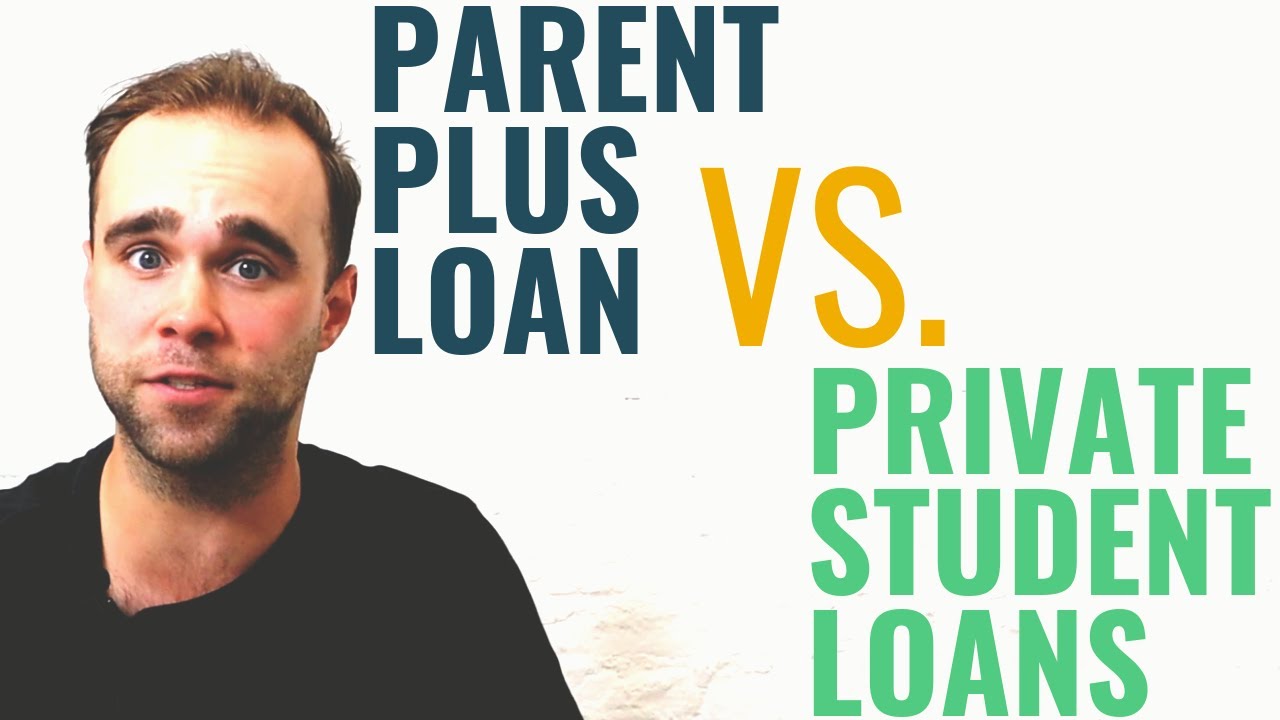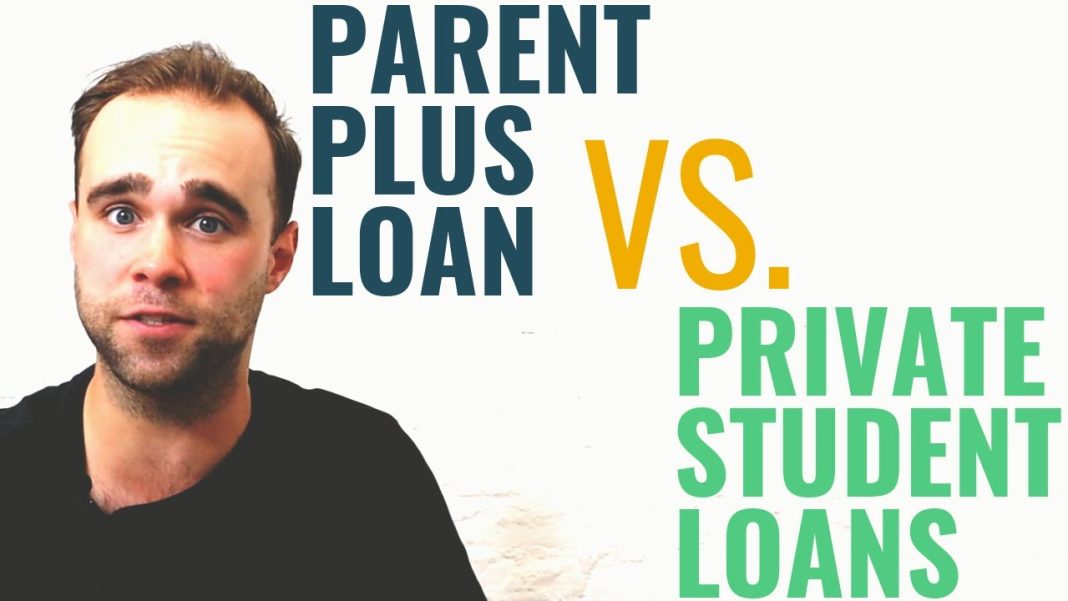
Rising interest rates have made Parent PLUS loans, or Parent Loans for Undergraduate Students, a costly option for parents looking to bridge the gap between their child’s college expenses and available financial aid. As reported by Kiplinger’s Personal Finance, the rate for federal parent PLUS loans taken out between July 1, 2024, and June 30, 2025, reached a 33-year high of 9.08 percent. This fixed rate remains in effect for the entire life of the loan, regardless of any decline in overall interest rates. Additionally, borrowers must pay a 4.228 percent origination fee.
While parent PLUS loans can cover the full cost of a child’s college attendance, including tuition, room and board, and textbooks, minus any financial aid received by the student, the absence of a cap may lead some parents to borrow more than they can afford to repay. According to Mark Kantrowitz, author of “How to Appeal for More College Financial Aid,” this lack of a limit could potentially tempt parents into taking on excessive debt.
To qualify for a parent PLUS loan, one must be the biological or adoptive parent, or in some cases, the stepparent, of a student enrolled in college at least half-time. The U.S. Department of Education conducts a credit check as part of the application process. While excellent credit is not necessary for approval, individuals with an adverse credit history, such as recent loan defaults or discharged debts through bankruptcy, will need a co-signer to be considered.
Parents seeking alternatives to parent PLUS loans may find lower interest rates on private student loans. Some private loans offer rates below 5 percent, allowing parents to borrow up to the full cost of their child’s college education. However, it is important to note that these rates may be fixed or variable. With a variable rate loan, borrowers benefit when interest rates fall, but they will also face an increase in their loan rate when rates rise again. The Federal Reserve is expected to begin cutting short-term interest rates in the near future.
Qualifying for private loans typically requires a good credit score, such as a FICO score of 700 or higher, a long work history, and a low debt-to-income ratio. However, it is essential to consider that private student loans lack the protections offered by federal PLUS loans, such as income-based repayment plans, deferral options, and loan forgiveness for eligible borrowers.
Regardless of the loan option chosen, it is crucial to understand the long-term commitment involved. Loan payments may need to be made for ten years or even longer if an extended repayment plan is chosen. To avoid excessive borrowing, Kantrowitz advises parents to limit their loans to no more than their annual income. For those planning to retire within the next ten years, it is recommended to borrow proportionately less, such as half of their annual income if they expect to retire in five years.
In conclusion, parent PLUS loans have become increasingly costly due to rising interest rates. While these loans offer the opportunity to cover a child’s college expenses, the absence of a cap may lead parents to borrow more than they can afford. Private student loans may provide a lower interest rate option, but they lack the protections offered by federal PLUS loans. It is crucial for parents to carefully consider their financial situation, credit history, and long-term repayment plans before deciding on the best loan option for their child’s education.


